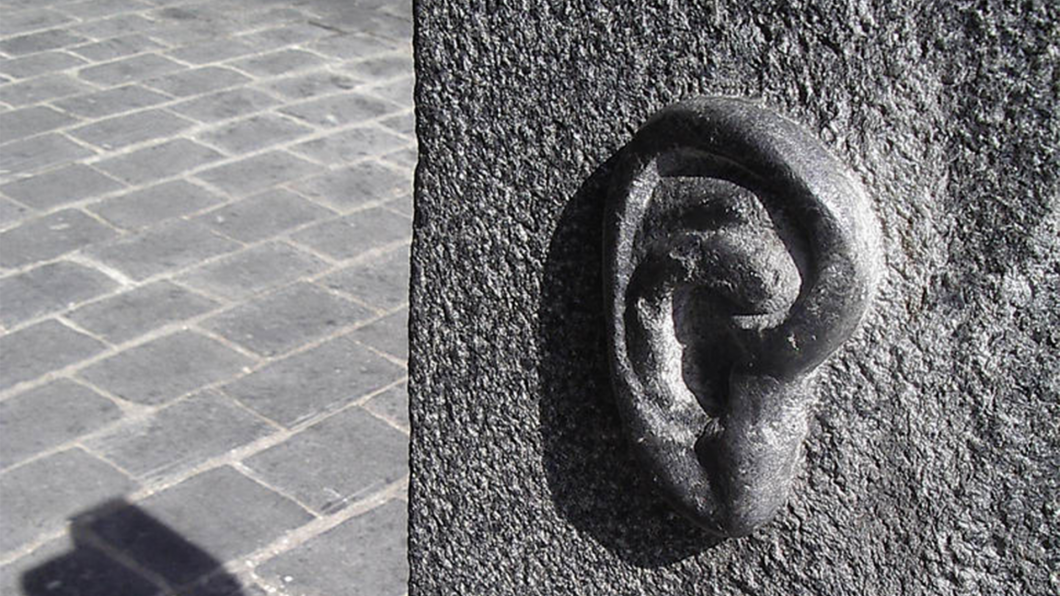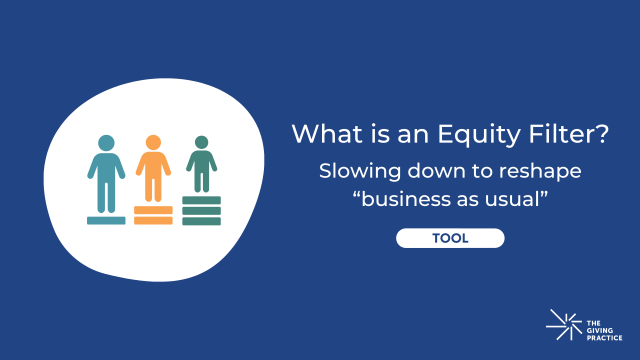
Before beginning my career in philanthropy, I spent several years completing a master’s degree in divinity and training to become an interfaith hospital chaplain. Contrary to the images that might come to mind—solemn priests giving last rites or quoting scripture at the bedside, for instance—at its core, chaplaincy is a relational practice of presence and reflection. Those activities constitute both the process and the goal of the chaplain’s work. By bringing a compassionate, nonjudgmental presence into an often harrowing situation, chaplains can help patients begin to relate to their experience in a more open, less reactive way. This, in turn, facilitates reflection upon their circumstances, which, in a hospital setting, frequently involve facing some of life’s greatest challenges: mortality, illness, loss, changes in one’s capacities and social roles, and so on. These are the kind of emotionally charged moments that don’t just benefit from reflection but demand it.
Of course, the parameters of a typical grantor-grantee relationship are quite different, but I can’t help but bring this training with me into my work as a program officer; reflective practice becomes a part of you. At times, I have worried about its potential impact in this context: that listening too deeply could give a potential grantee the wrong idea about our interest in their work, or that I might allow myself to be taken advantage of—in short, that I might be too soft. Eventually, however, I came to grasp the obvious: that a process orientation, centered on relationship, could be of incredible benefit to my work as a program officer.
One conversation in particular was an ah-ha moment in this regard. It was my first phone meeting with a new grantee that we had invited to become a part of one of our programs. It was a warm and positive conversation, all going according to plan. The executive director with whom I was speaking was very happy to accept our grant, understood the terms and expectations, and wasn’t asking for anything else. Yet I felt that there was something else there, a certain tension in his voice indicating that there was something important that he wasn’t allowing himself to say.
The practice of presence that I mentioned earlier involves being present to everything in the field of experience, which means being willing to take the risk of naming the elephant in the room or asking the uncomfortable question—turning towards, not away. For a chaplain, that might mean bringing up incredibly difficult topics, like suggesting that a patient start planning for their young children’s care in the event of their death. Even if it is an important and necessary topic like that, bringing it up is a risk, because it is difficult to know how someone is going to react. Emotionally charged questions can end a conversation as easily as they can deepen it.
In philanthropy, the stakes are less personal, yet still potentially daunting. In this case, I suspected that the ED felt that his organization would need additional funding in order to implement our grant in a successful and sustainable way, but didn’t want to alienate me by asking for more. So, the risk in asking the question was simply that it might mean needing to give them more money in order to implement our program. As it happened, I was right, they did need more, and I ended up asking him to give it further thought and get back to me with a revised budget.
What struck me about the interaction, however, was how our nascent relationship instantly changed. The relief was palpable, as if we’d opened a window and let more oxygen into the room. By demonstrating that I genuinely wanted to understand the reality of the situation, he was relieved of the burden of trying to guess what I wanted and meet those presumed expectations in order to keep me happy. We could really talk.
It is easy to say that we as funders want to meet people where they are or work with them to meet their needs, but actually doing so requires being willing to let go of our agendas. This story is a very innocuous example of this challenging yet essential aspect of a reflective relationship—when you allow yourself to see how things really are, you have to be ready to adjust in order to meet them. It requires putting aside your preconceptions and stepping out of your comfort zone within the traditional grantor/grantee power dynamic.
Training for this kind of approach involves learning to bring as much awareness as possible to how you listen, how you communicate, and your own moment-to-moment experience during each encounter. Being with the other person and the situation as fully as possible demands a constant effort to recognize your projections, prejudices, judgments, and emotional reactions and triggers of any kind, good or bad; and, upon recognizing them, to not be carried away by them. It is a skill that one never stops working on and improving.
Cultivating this capacity can draw on many different reflective practices, such as mindfulness, which trains us in attending to our own mental and emotional experience in a nonjudgmental, compassionate way; compassion practices, which further our capacity to attend to others with the same kind of presence and broaden the range of emotional experience that we can hold; and practices that work directly with our communication skills, like deep listening exercises and modalities such as Systems Centered Training.
In addition to practical exercises, it is important to have a conceptual framework of personal or organizational values related to how you work with others that can be used as a lens for examining and understanding a given situation, both in the moment and during reflection later. Without such a grounding framework guiding our reflective work, the new skills and capacities we develop can end up strengthening our existing relational habits, which may or may not be helpful. In this instance, part of the “ah-ha” for me was recognizing after the fact that this interaction was aligned with our organization’s core values as a contemplative organization. Even if the conversation had gone in a different direction, the attempt to deepen the relationship would still have been justified and a useful means of learning something important about where we stood with this grantee.
The relationship that started in that call has only continued to deepen, to everyone’s benefit—our work with them has been smooth and successful, resulting in additional funding and collaboration. And, this kind of questioning has become a new relational practice for me with all of the grantees with whom I work; like any practice, it requires diligence, and it doesn’t always lead me where I expected it to, but as a means of demonstrating trust and engagement, it almost always contributes positively to the relationships.
For more information about Reflective Practices, please click here.



